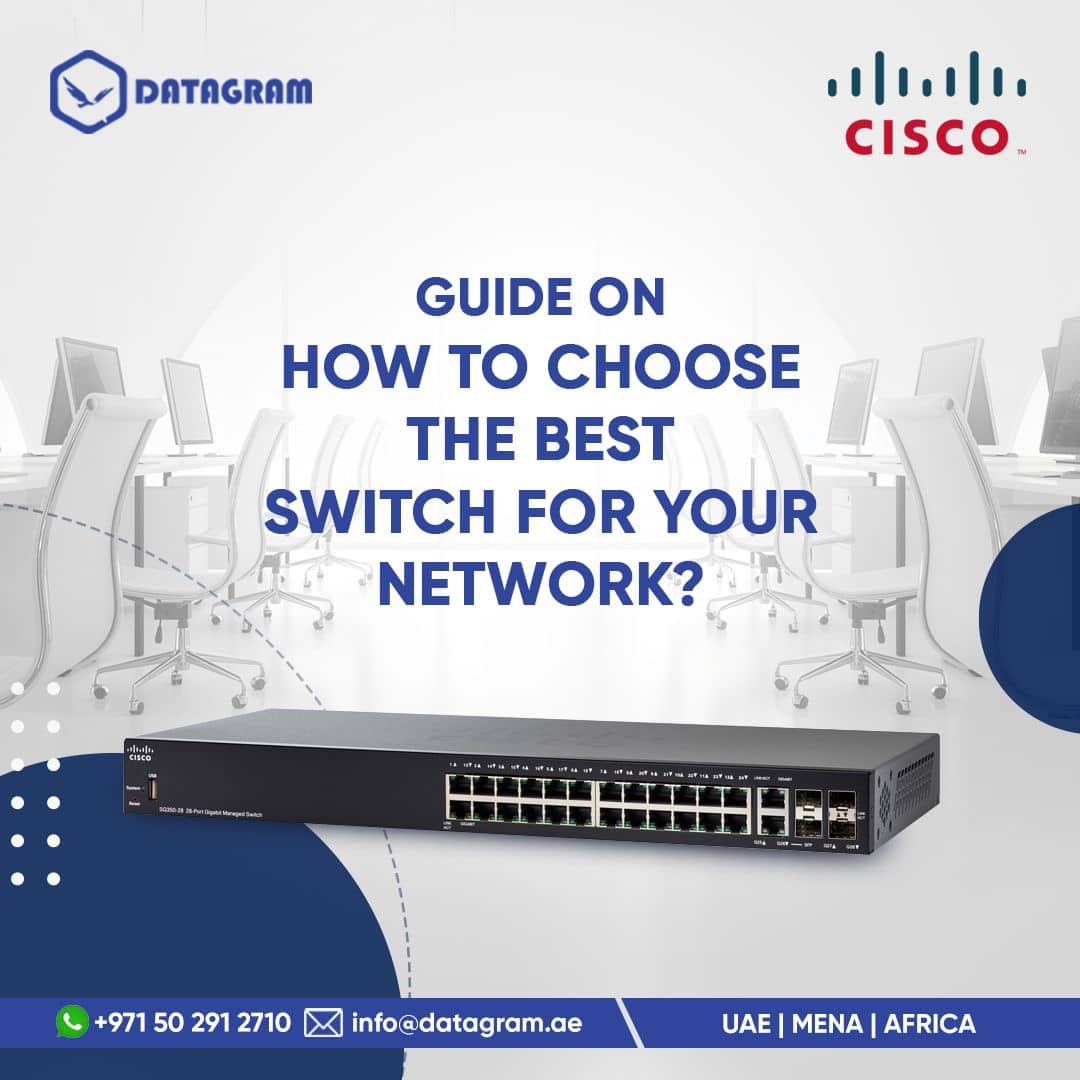
Network switches are also known as Ethernet switches or LAN switches (Local Area Network). They typically rely on cabled connections to support networking activities across a relatively small physical space. Connecting computers, printers, and servers to the same network switch, for example, allows you to route data between them. Unlike an Ethernet hub, which sends the same data to all outputs, a network switch sends data only to the devices that are configured to receive it.
Whether you run a small business or a large corporation, your network must keep multiple users connected and secure. The primary function of network switches in the context of any organization is computer networking and connectivity to physically connect online resources and devices via a single multi-port entry/exit point. External storage and file-sharing modules of various types, such as high-capacity hard drives or server arrays, are available.
It can be difficult to select the best switch for your network or project. Here is a guide on how to choose the best switch for your network
- Port Types: There are various types of switches, each with varying levels of management. Unmanaged switches allow you to easily expand your network without requiring any special configuration. VLAN support, PoE controls, traffic analysis, and multicast support are all available on the web smart and layer 2 managed switches.
- Port Speed: The amount of bandwidth required will determine whether a 10G, 2.5G, Gigabit, or 10/100 switch is required. Although Fast Ethernet or 10/100 switches are less expensive, Multi-Gigabit and Gigabit switches can provide greater scalability. Choose a speed that is adequate for your current project, but plans ahead of time and considers additional bandwidth.
- Port Count: The number of ports is determined by the number of users and the basic network infrastructure. The most common port counts on network switches are 5, 8, 10, 24, and 48. The number of ports is one of the most important factors in the cost of a switch, so if you buy a switch that only supports the number of users you will have, you will most likely save money.
- Connection Requirements: Connection requirements are a good place to start because they usually dictate what types of switches will be required, and they can have a significant impact on pricing. It is important to consider the number of users that your network will have to support, infrastructure, user network needs, and so on.
- Link Aggregation: You could generate up to 24 Gb/s of network traffic if you have a 24-port switch with all of its ports capable of running at gigabit speeds. If the switch is connected to the rest of the network by a single network cable, it can only forward 1 Gb/s of data. Because of the competition for bandwidth, the data would move more slowly. As a result, the more ports you have on a switch to support bandwidth aggregation, the faster your network traffic will be.
Datagram is a leading Cisco partners in Dubai offering a wide range of IT expertise focused on network security, application delivery, and IT infrastructure. Our goal is to provide industry-leading IT solutions to help your organization improve network performance, mitigate risk and operate efficiently. They have the best and most high-quality Cisco switches in the UAE.
